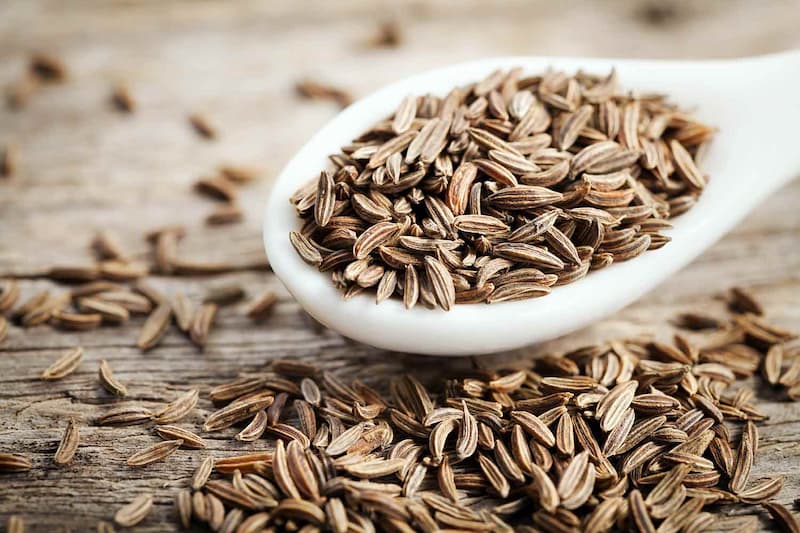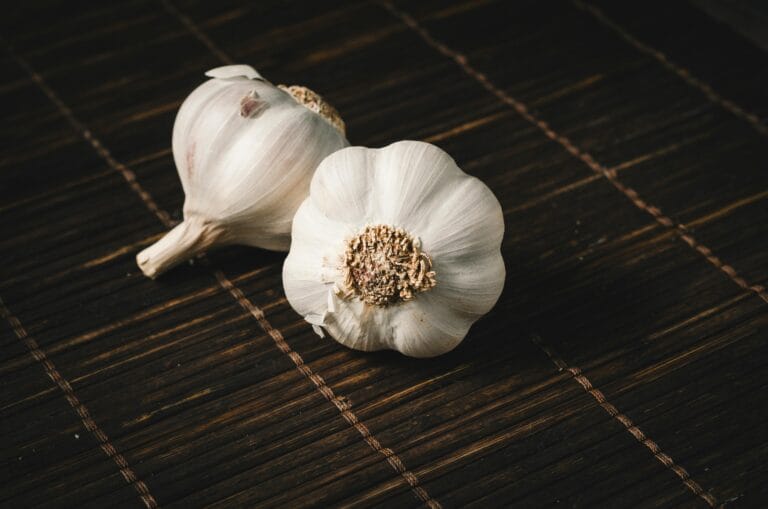Introduction to Cumin: A Culinary and Medicinal Herb

Cumin, scientifically known as Cuminum cyminum, is a flowering plant belonging to the Apiaceae family, native to the eastern Mediterranean and South Asia. This spice has a rich historical tapestry, dating back thousands of years, where it has been used in various cultures for both culinary and medicinal purposes. In ancient Egypt, cumin was highly valued, often included in embalming practices, while in ancient Greece, it was a symbol of fortune and used as a spice for flavor enhancement in foods.
Today, cumin is universally recognized for its distinctive flavor, making it a beloved ingredient in many global cuisines such as Indian, Middle Eastern, and Mexican dishes. The spice is commonly found in its whole seed form or as ground cumin. Its warm, earthy flavor profile contributes depth to curries, chili con carne, and even breads, highlighting its versatility in the culinary arts.
Beyond its culinary applications, the benefits of cumin extend into the realm of health and wellness. This herb contains an array of essential nutrients including iron, manganese, and magnesium, along with potent phytochemicals that exhibit antioxidant and anti-inflammatory properties. Cumin is notably praised for its role in aiding digestion, often utilized as a natural remedy for common ailments related to the stomach and colon. Its soothing effects can alleviate symptoms such as bloating and cramping, thus making it a valuable addition to digestive health regimens.
The therapeutic uses of cumin have been recognized in various traditional medicines, where it is lauded as one of the useful herbs for stomach treatment. With a growing body of research supporting its efficacy, cumin is increasingly appreciated not only for its culinary impact but also for its contributions to holistic health practices. Understanding cumin’s dual role illuminates its importance as both a flavorful addition to meals and as a key player in promoting gastrointestinal wellness.
Understanding Stomach Cramps: Causes and Symptoms
Stomach cramps are a common ailment that can occur due to a variety of factors. They are characterized by intermittent or persistent pain in the abdominal area. One prominent cause of stomach cramps is dietary habits. Tissues in the stomach and intestines can react adversely to certain foods, leading to cramps. For instance, overeating or consuming overly spicy or greasy foods may trigger discomfort, resulting in cramping sensations. Additionally, food intolerances, such as lactose intolerance, can provoke gastrointestinal distress and inflammation, contributing to stomach cramps.
Digestive disorders are another significant contributor to stomach cramps. Conditions such as irritable bowel syndrome (IBS), inflammatory bowel disease (IBD), or gastrointestinal infections can lead to recurrent abdominal pain. In these cases, the colon becomes irritated or inflamed, which may manifest as cramping. Furthermore, gastrointestinal obstacles like food blockage or even constipation can lead to uncomfortable cramping pains as the bowel struggles to move waste through the digestive tract.
Other health conditions can also lead to stomach cramps, including but not limited to kidney stones, urinary tract infections, and even stress or anxiety, which may manifest physically in the form of cramps. Symptoms usually accompany the pain, including bloating, changes in bowel habits, nausea, and at times vomiting. Recognizing these symptoms can be crucial for individuals seeking effective treatment.
Exploring the implications of these cramps allows us to better comprehend how beneficial herbs, such as cumin, can serve as a natural remedy. Cumin is noted for its soothing properties and may aid in alleviating discomfort caused by various digestive issues. Understanding the causes and symptoms of stomach cramps sets the stage for utilizing cumin effectively in stomach treatment regimens.
Cumin’s Therapeutic Uses: Properties that Relieve Stomach Cramps
Cumin (Cuminum cyminum) is a well-known herb, appreciated not only for its culinary applications but also for its wide range of therapeutic properties, particularly in addressing various digestive issues. One of the most notable benefits of cumin is its ability to relieve stomach cramps. This effect can be attributed to several key attributes of the herb, including its anti-inflammatory, antispasmodic, and carminative properties.
The anti-inflammatory properties of cumin are essential for soothing the stomach and colon, making it a useful herb for individuals experiencing discomfort due to inflammation. Research has shown that compounds found in cumin can inhibit inflammatory markers, providing potential relief from conditions such as gastritis and irritable bowel syndrome. Coupled with its antispasmodic benefits, cumin can help alleviate muscle spasms in the gastrointestinal tract, considerably reducing the intensity and frequency of stomach cramps.
Moreover, cumin is recognized for its carminative effects, which promote digestion and help reduce gas. This is particularly important as trapped gas can lead to bloating and severe abdominal pain. Cumin aids in the expulsion of gas, thus providing a soothing effect on the stomach. Numerous traditional practices incorporate cumin into their remedies, further validating its long-standing reputation as an effective treatment for digestive discomfort. For instance, many cultures use cumin seeds in herbal teas or powders that support stomach treatment, leveraging both its flavor and its health-enhancing properties.
Incorporating cumin into one’s diet or using it in a concentrated form can be beneficial for managing stomach cramps. Its versatile nature allows for easy inclusion in various culinary dishes, making it both an enjoyable and therapeutic addition to a balanced diet. As such, cumin stands as a remarkable example of how nature provides solutions for common ailments, offering relief for those who suffer from digestive distress.
Ways to Incorporate Cumin into Your Diet: Tips and Recipes

Cumin is a versatile spice that not only enhances the flavor of various dishes but also provides numerous health benefits, particularly for digestive issues such as stomach cramps. Incorporating cumin into your diet can be both easy and delicious. Here are several practical tips and simple recipes to help you explore the uses of this remarkable herb.
One of the simplest ways to include cumin in your meals is to use it as a seasoning for various dishes. Cumin can be added to soups, stews, and curries, where its warm, earthy flavor can significantly enhance the overall taste. Just a teaspoon or two of ground cumin can make a difference. Try adding it to lentil soup or vegetable curry, both of which are excellent for soothing stomach discomfort.
If you are looking for a quick recipe that leverages the benefits of cumin, consider making cumin-spiced roasted vegetables. Toss your choice of vegetables, such as carrots, bell peppers, and zucchini, with olive oil, salt, and ground cumin before roasting them in the oven. The result is a flavorful side dish that is not only healthy but also aids in digestion.
For those who enjoy breakfast, consider adding cumin to your morning omelet or scrambled eggs. A dash of ground cumin will give your breakfast an additional kick while providing its soothing benefits. Alternatively, you can prepare a refreshing cumin-infused yogurt dip by mixing yogurt with ground cumin, garlic, and herbs—perfect for a nutritious snack.
Furthermore, try adding cumin to your homemade dressings and marinades. Mixing it with olive oil, lemon juice, and herbs creates a flavorful dressing for salads. By integrating cumin into your daily meals, you not only enhance the taste of your dishes but also reap its benefits for stomach treatment. Its uses in diets can serve as a foundational approach to alleviating discomfort naturally.






